[orc]In February this year, the government launched the Emergency Response Support System (ERSS) or the 112 number. But what is 112? When can this number be used? Here is an explainer.
The recent incident involving the brutal rape and murder of a female veterinary doctor in Hyderabad, has reignited the debate around emergency response and support system in India.
People on various platforms, including the Home Minister of Telangana state have quipped that the victim ought have called the emergency number of Police i.e. 100 and sought assistance. There are other emergency numbers that are being floated in the media as emergency numbers.
In this context, we look at the Emergency Response Support System (ERSS) -112 which was launched by the Ministry of Home Affairs (MHA) earlier in the year.
112 – Pan-India Single number system launched
Over the years, there have been different emergency numbers for various emergency services. Traditionally 100 for Police, 101 for Fire Brigade and 102 for Ambulance services have been associated for emergencies.
Additionally, 108 is an emergency response service for medical, police and fire emergencies operated in a Public-Private Partnership model. This service is available across 15 states and 2 Union territories.
Globally, various countries have a single emergency number which can be dialled for emergencies. For Example, 911 in USA. This helps in addressing the challenge of remembering multiple numbers for different type of emergencies.
To overcome this handicap prevailing in India and to create awareness among the public, the Government of India has envisioned a single emergency number across India.
Accordingly, Government of India launched Emergency Response Support System (ERSS), with a single Emergency Number -112, to address different emergencies on 19 January, 2019.

The existing emergency numbers like Police-100, Fire–101, Ambulance-108, Woman & Child Care-181 etc. are now integrated into the unified number.
Prior to the national wide launch, 112 has been earlier introduced in Himachal Pradesh and Nagaland.
ERSS is an initiative under Nirbhaya Fund Scheme and overseen by MHA
The ERSS initiative was launched under Nirbhaya Fund Scheme, which is a non-lapsable corpus fund constituted for safety and security of women by the Government of India in the aftermath of the Nirbhaya incident.
The scheme is be a collaborative effort of Ministry of Home Affairs(MHA), Ministry of Women and Child Development and Centre for Development (MWCD) & Advanced Computing (C-DAC).
The setting up and deployment of ERSS across the states and Union Territories is undertaken by MHA. Meanwhile, C-DAC which has experience of working with various police departments in setting up distress response systems is entrusted with the responsibility of providing all the technical support to design, develop, customise and implement ERSS across the country. MWCD being the nodal agency for all the schemes under Nirbhaya Fund is also involved in this initiative.
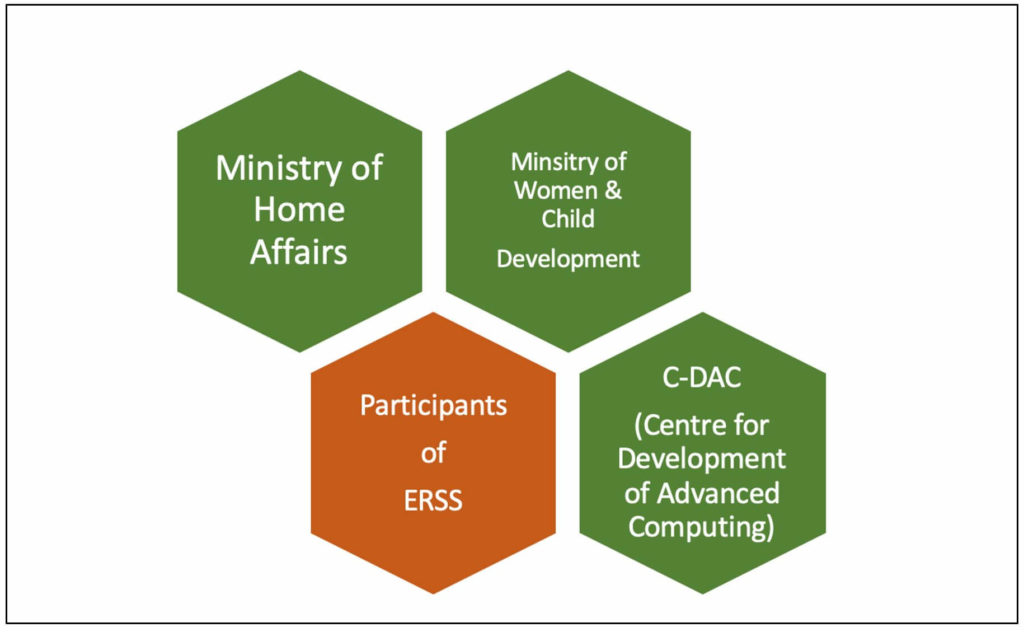
Multiple modes of contact under ERSS
ERSS is designed such that the emergency requests can be received through multiple modes, even though the number is a single Pan-India number of 112.
The multiple modes through which the emergency signals can be received by ERSS include:
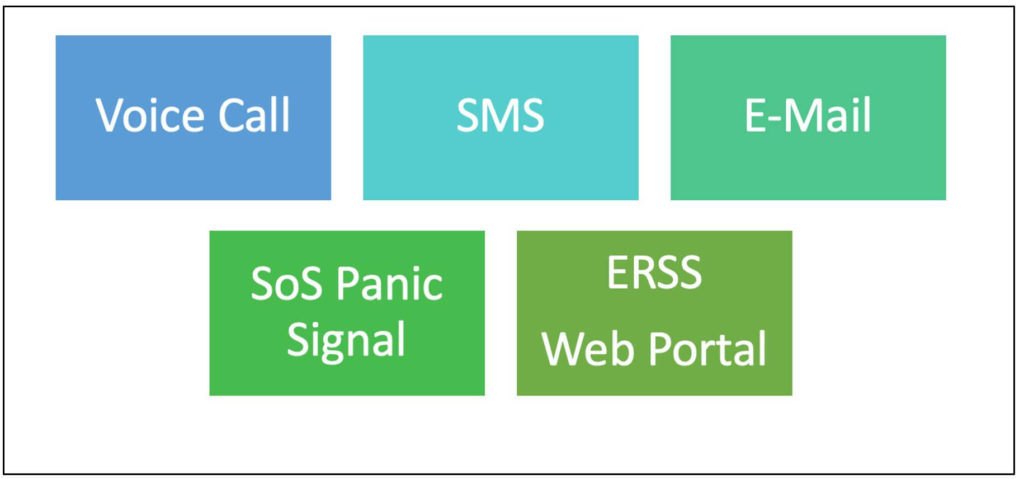
All the emergency signals that are received via ERSS are handled by Public Safety Answering Point (PSAP) which is set up in the capital cities of all the States & UTs. It is an automated set up, which can receive the various distress signals received and would direct them to the concerned agency like Police, Fire & Rescue etc.
The system has a track of all the rescue and service vehicles of these agencies in a real-time map and can reach out to the appropriate vehicle which can then reach out to those in emergency in a shorter span of time.
Emergency signal via mobile phone
The ERSS is designed for optimum utility of a mobile handset at the times of distress or emergency.
There are multiple ways through which mobile device becomes handy under such situations.
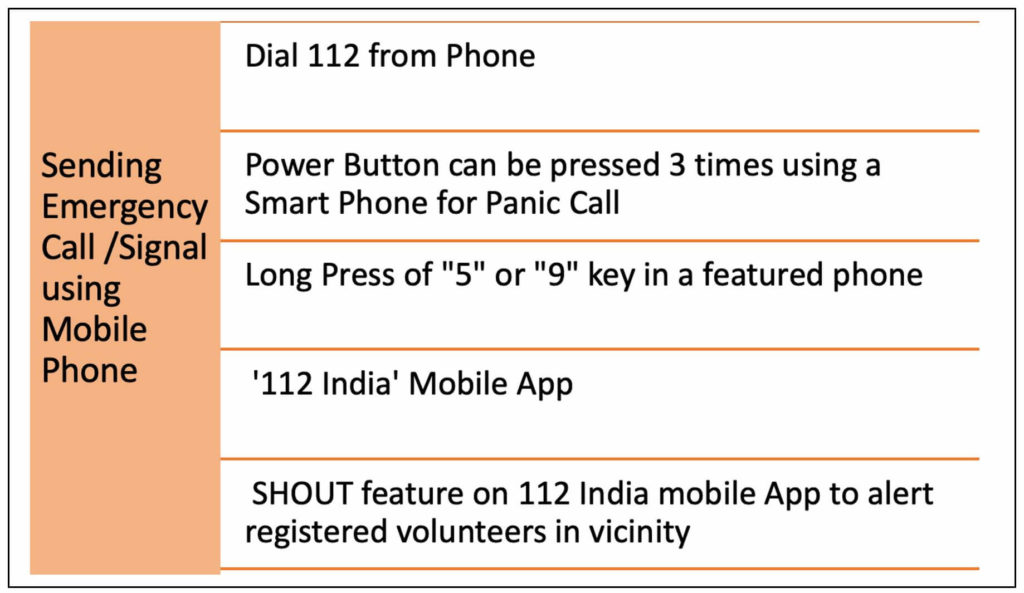
Dialling 112 , would connect to the ERSS system who would then direct to the relevant agency. The language of communication is the local language of the respective state. In case the caller does not speak the local language, English/Hindi are the available alternatives.
In case calling up 112 is not feasible, an individual facing an emergency situation can press the Power Button on the smart phone 3 times, which would send out a signal. As highlighted earlier, PSAP is equipped to track the location of the sender of signal and respond to the emergency.
The distress signal is also available on non-smart phones i.e. feature phones. By long pressing either ‘5’ or ‘9’ on the key pad, a panic signal would be sent.
‘112 India’ mobile application is part of ERSS initiative. This App is available both on Android as well as iOS. Through this App, a person in distress can reach out to the nearest and relevant emergency service. The App sends out the user details , which includes Name, age, emergency contacts etc. along with the location information to PSAP/Control room.
The features of the App include:
- One App for emergency services of citizens
- 24X7 response system
- Identification of the location of person in emergency and connecting to them via voice or data
- Immediate communication to the response teams and aiding in dispatch
- Integration of the existing emergency response systems – Police (100), Fire (101), Ambulance (108), Women Helpline (1090)
- Track of progress made in respect to the incidents and the services delivered.
Another feature of ‘112 India’ mobile app is its ‘SHOUT’ feature. Under this, volunteers can register themselves and in case of any emergency, an alert is sent to these local volunteers who are in vicinity. Once a volunteer marks their consent to help, the volunteer details ( contact, photo ) etc. are sent to the person in emergency. This is especially helpful for women & children in any distress situation.
The services which can be availed through ERSS include the following.
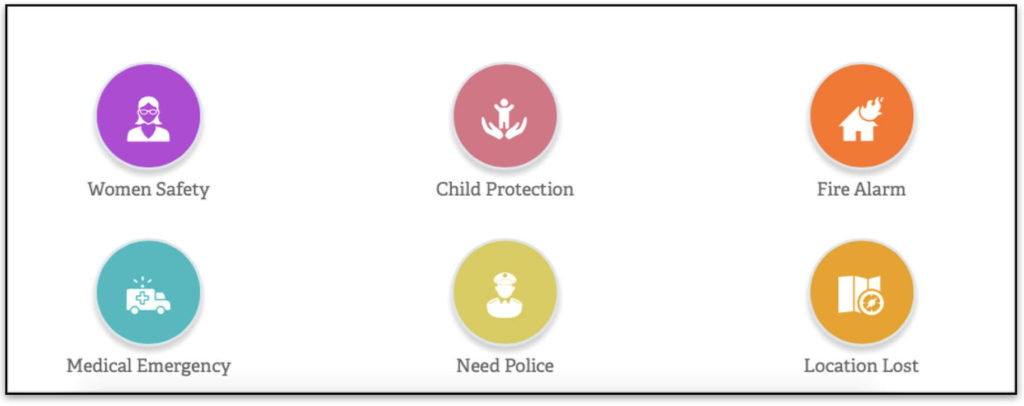
Bihar, Jharkhand & Haryana among the states where ERSS needs to be yet implemented
As per the data available on www.ners.in , ERSS is not yet implemented in all the states. Eight (8) states, which include – Haryana, Bihar, Jharkhand, Assam, Meghalaya. Manipur, Sikkim and Odisha are yet to implement this system. Meanwhile, efforts are on or the implementation in Karnataka and Tripura.
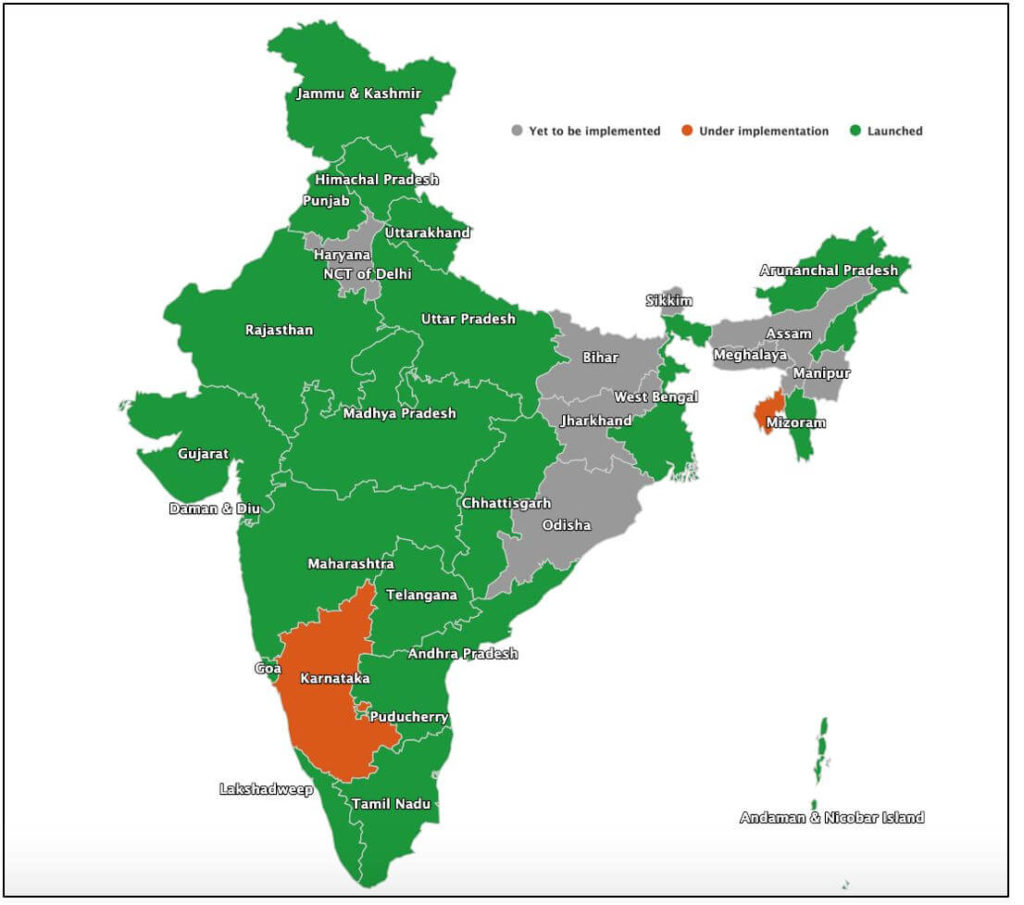
Non-genuine calls on 112 can lead to legal action
The 112 facility is supposed to be used judicially. Continuous calls even made mistakenly can lead to legal action against the caller. Since the number is free as is the case with most of the emergency numbers, there is scope for non-genuine calls being made which can interrupt the services and obstruct the facility for people who are in real need.
Few of the instances where in non-genuine calls are made could include:
- To check wither the number is working
- To make a prank call even though there is no emergency situation
- Call made to seek general information about address or contact number
- Tele ordering services etc.
Any such calls can lead to strict legal and criminal action.
There is a need to create awareness about ‘112’
The idea of having a single number pan India for all the emergencies is a step in the right direction. With the multitude of emergency numbers available, it is a challenge even for the educated and informed citizens to remember of all these numbers. Hence 112 is definitely progressive, especially during emergencies, where it could be a challenge to recall the emergency number.
It is less than a year since the launch of 112. Hence, we do not yet have any comprehensive data regarding the effectiveness of ERSS.
However, there is an imminent need to increase awareness about 112 number as well as the 112-India app.



2 Comments
Pingback: Explainer: What is Emergency Response Support System (ERSS) or 112 - Fact Checking Tools | Factbase.us
Pingback: Nirbhaya Fund: Projects worth ₹ 6755 crores approved, only 20% utilized - Fact Checking Tools | Factbase.us